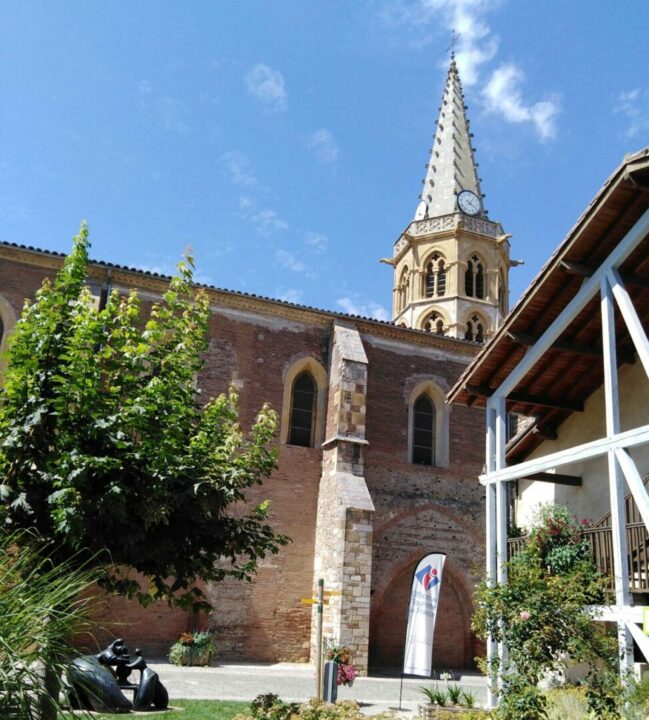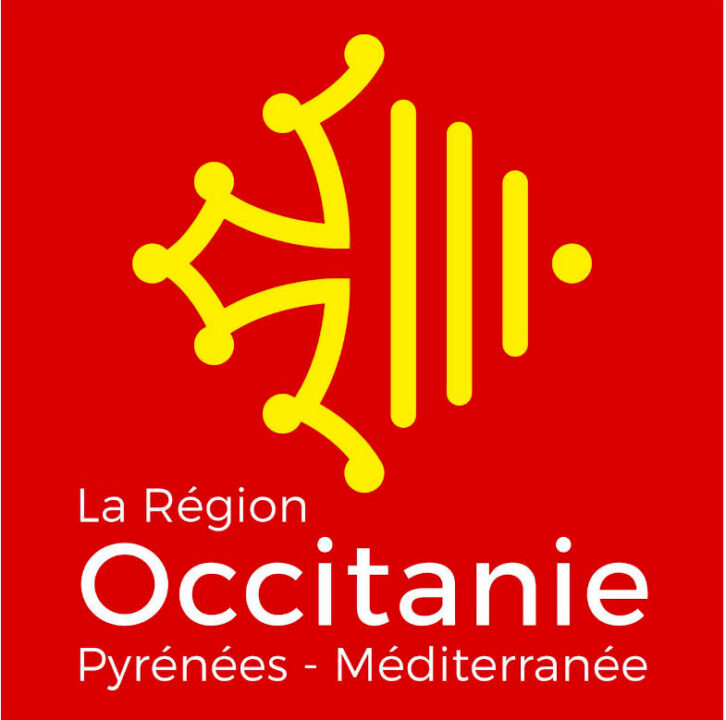L’église Saint-Vidian

The church as we see it today dates from the late 13th century. This church replaced the priory church dedicated to Sainte-Marie, which probably dates from the end of the 11th century. Before being rebuilt in its current form in the 14th century, Sainte-Marie became Saint-Vidian des Martyrs in the mid-13th century. A particular feature of this monument is that the ground plan is not a Latin cross (which is the classic plan for a church). The transept is missing, which would have prevented traffic from flowing through the Grand-rue de l’Église, the main thoroughfare between Toulouse and Spain.
The basement conceals a third Christian building, probably dating from the early 5th century, according to archaeological digs carried out in the 1950s by the archaeologist Jean Boube. It is a funerary basilica comprising an atrium and a Eucharistic room. Twenty-one sculpted sarcophagi in Pyrenean marble have been found, either whole or fragmentary. Some fragments are embedded in the walls of the church.
Prior to the Christian cult, the site was home to a small but luxurious Gallo-Roman villa in the 4th century, part of the large Chiragan estate. The ruins of the Gallo-Roman building, which burnt down, were the site of the early Christian necropolis, with a funerary basilica at its centre.
The church tower dates back to the 14th century and collapsed twice, in an earthquake in 1838 and a lightning strike in 1856. It was rebuilt in 1865. A victim of weather and time, the latest major renovation work was completed in May 2015.
To the right of the church, after the small square, you can see a house with an enclosed garden: this is the former priory. This priory of the Chapter of Saint-Sernin was founded between 1095 and 1100. By 1700, priests were living there and being trained. The deed of gift of the priory marks the written foundation of the village.







